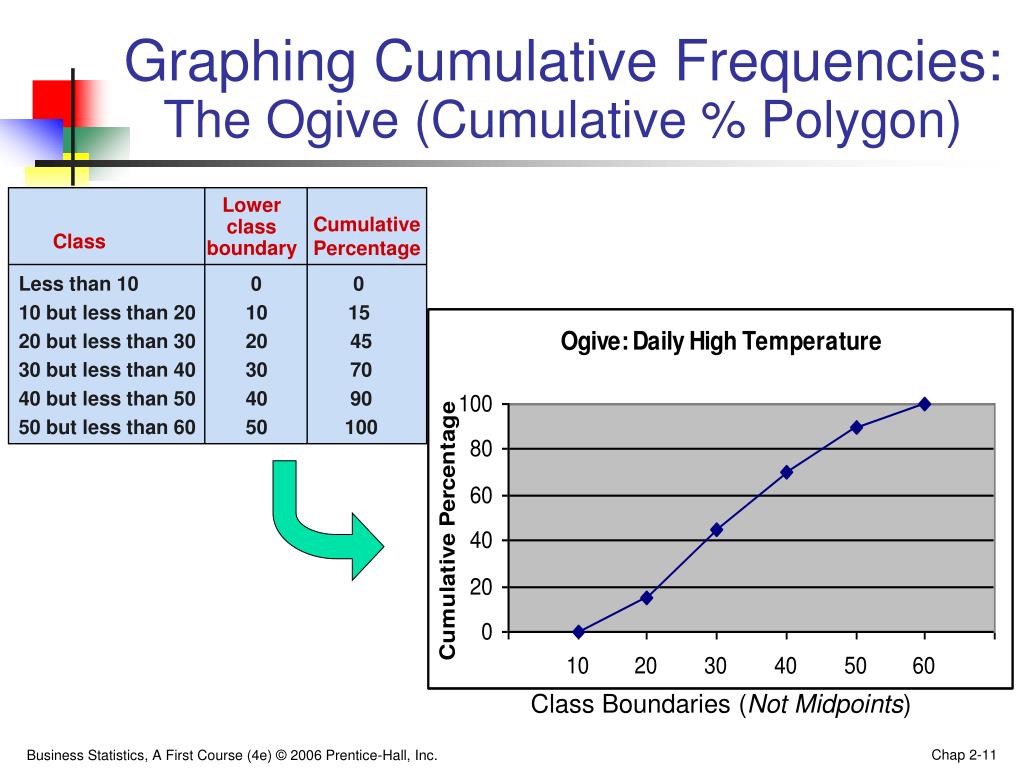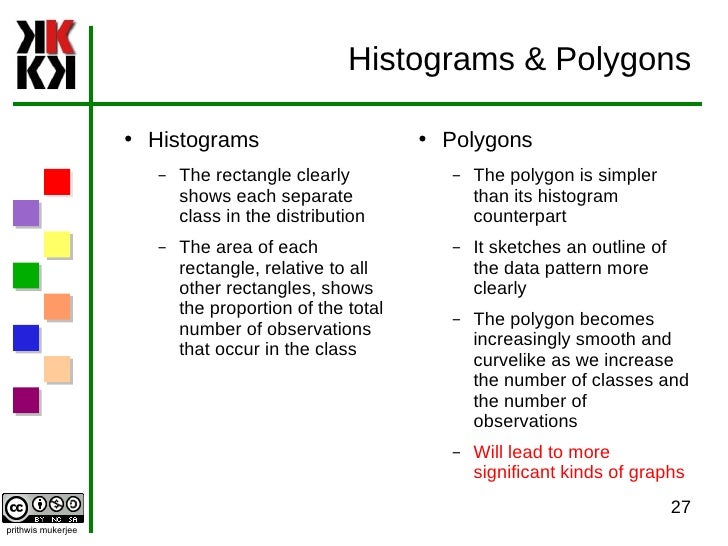
Axolotl My Time Has Come To Burn I Invoke The Ancient Power That I May Return, A-X-O-L-O-T-L my time has come to burn i invoke the ancient power that i may return, 1.08 MB, 00:47, 441,539, Jesus the Gamer1000, 2021-04-10T00:01:36.000000Z, 19, MY TIME HAS COME TO BURN by 20percentcooldash on DeviantArt, 20percentcooldash.deviantart.com, 862 x 927, png, burn come deviantart, 20, axolotl-my-time-has-come-to-burn-i-invoke-the-ancient-power-that-i-may-return, KAMPION
Steps to draw frequency polygon. For each class interval's midpoint mark the frequency. Connect these points using the line segment. An ogive is a type of graph that is used to represent the cumulative frequencies for the classes in a frequency distribution.
The cumulative frequency is the sum of the frequencies accumulated up to the upper boundary of a class in the distribution. A frequency polygon is a line graph while an ogive is a histogram. A frequency polygon displays class frequencies while an ogive displays cumulative frequencies. It is easier to find patterns in the data from a frequency polygon than an ogive. There is no difference between a frequency polygon and an ogive. In a frequency distribution, the class width is the distance between the lower or upper limits of consecutive classes. The class interval is the difference between the lower and upper class boundaries and is also referred to as the. The most important difference between them is that an ogive is a plot of cumulative values, whereas a frequency polygon is a plot of the values themselves. So, to get from a frequency polygon to an ogive, we would add up the counts as we move from left to right in the graph.
2.3 Frequency Polygon and Ogive (part 2)

PPT - Histograms, Frequency Polygons, and Ogives PowerPoint
What is Cumulative Frequency Curve or the Ogive in Statistics - A Plus
What is Cumulative Frequency Curve or the Ogive in Statistics - A Plus

Frequency Polygons and Histograms - YouTube

Ogive Cumulative Frequency Polygon Curve with Less Than and More Than

PPT - Tabulating Numerical Data: Frequency Distributions PowerPoint

Displaying data

Frequency Distributions for Quantitative Data | Boundless Statistics

QT1 - 02 - Frequency Distribution

EmoticonEmoticon